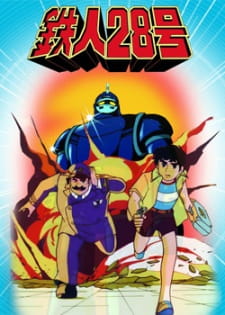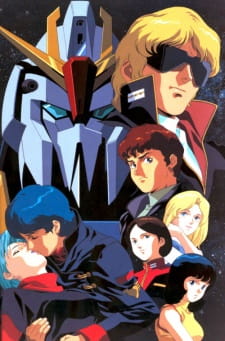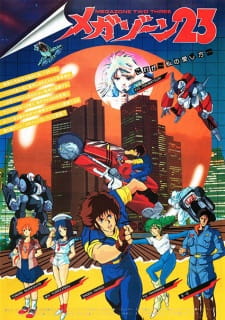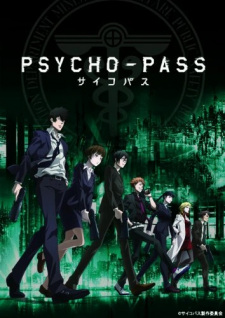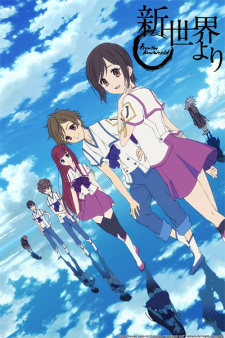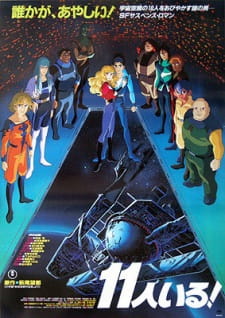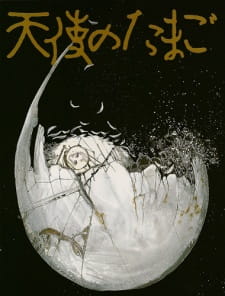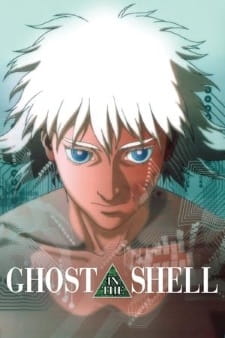Alternative Titles
Synonyms: Kidou Keisatsu Patlabor Gekijouban, Patlabor 1: The Movie, Patlabor: The Mobile Police, Mobile Police Patlabor: The Movie
Japanese: 機動警察パトレイバー the Movie
More titlesInformation
Type:
Movie
Episodes:
1
Status:
Finished Airing
Aired:
Jul 15, 1989
Source:
Original
Duration:
1 hr. 39 min.
Rating:
PG-13 - Teens 13 or older
Statistics
Ranked:
#17402
2
based on the top anime page. Please note that 'Not yet aired' and 'R18+' titles are excluded.
Popularity:
#3286
Members:
52,052
Favorites:
276
ResourcesStreaming Platforms |
New Interest Stack
Interest Stacks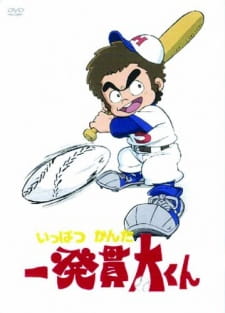 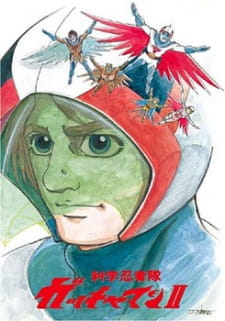 If there's any person who defined the archetypal 80s anime character art style, Akemi Takada would be a strong contender. Debuting in the industry as a guest character designer for Ippatsu Kanta-kun, Takada would be assigned as the main character designer only a year later for the sequel of Science Ninja Team Gatchaman, a show she was a fan of during her university years. After four years of working for Tatsunoko, Takada went freelance and truly hit her stride with her involvement in the adaptation of Urusei Yatsura, adapting Rumiko Takahashi's art style to an anime format (she was responsible for turning Lum's rainbow-colored hair into the trademark teal it is known today). Takada would later work on another Takahashi adaptation, taking after Yuuji Moriyama stepped down from the character designer role in Episode 28 of Maison Ikkoku. 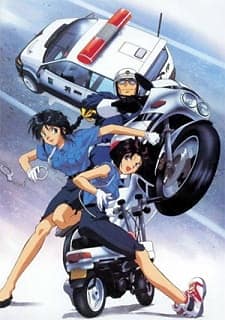 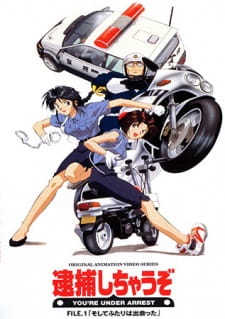 Hands up, don't shoot! Here some of the best titles on a police theme I can think of. Most of them take place in the future and there are even police mechs in one of franchises! 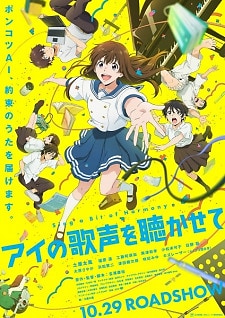 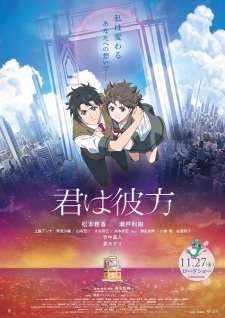 The "Scotland Loves Anime" film festival takes place annually in Glasgow and Edinburgh. It was started in 2010 and includes the "Golden Partridge" jury award and audience-voted awards. 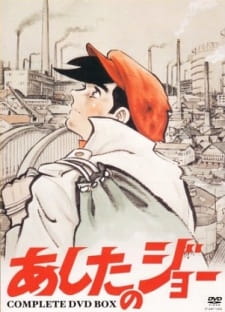  Many of these known by proxy or heard about, but not that commonly actually watched beyond a few exceptions. Anime from the past millenium hides many gems that are worth watching. 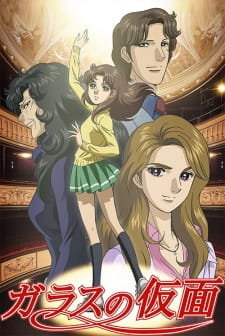 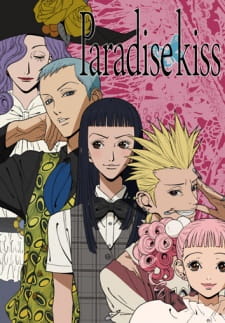 Shows/Movies of all kinds that are either meant for or can be enjoyed by an older audience. A treasure trove of excellence covering a wide range. Story-driven thrillers, well researched historical shows, brilliant world-constructions, poetic narrations, gripping thrillers, dark comedies, complex future visions, tightly packed action, avant-garde art, solid entertainment, tear-jerking dramas to light-hearted slices of lives. 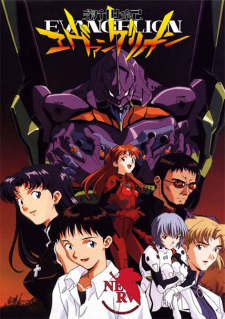 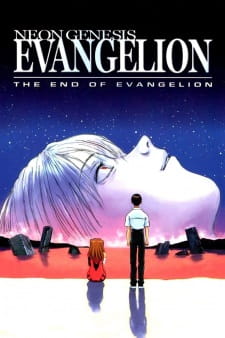 A̷̜̖̞͉͛̚r̷̨̺̳̀͒͝e̶̢͛͐̈́͝ ̴̥́̃͐́y̷̥͕̎ō̸̤̠̝̝̈́͊̈u̵͔͌͑̕ ̵̡̎̏ṋ̷̟̖̺͘o̶̧͗̒t̶̳̹̐ ̸͚͇̄l̸̘̞͕̼̑́͛i̷̧̱͎͖̔̑̎ḳ̷̹͈̍ẻ̴̯̔ ̸̱̐́͌̄o̵̻͒͂ţ̶̍̋h̶̨͎͐̌ͅe̵͓̤̞͌́̎r̴̛͔̜͔̞͌̾̇ ̴̠͙͚͋̒̾̋g̸̢̧̾͜i̴͉͑̃r̸̢̙͗̈́̚l̵̲͕̠̿̉s̸̛̳͛̒ ̷̬̼̟̈́͆͗̈?̷̫̿̋̓  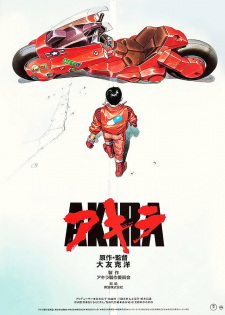 Anime that aired in Britain on TV. Does not include streaming, home release, etc. Some air dates are included. 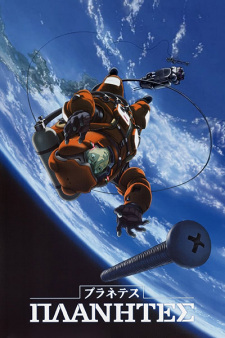 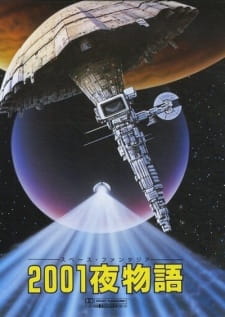 Hard science fiction is a category of science fiction characterized by concern for scientific accuracy and logic. The heart of the "hard science fiction" designation is the relationship of the science content and attitude to the rest of the narrative, and the "hardness" or rigor of the science itself. One requirement for hard SF is procedural or intentional: a story should try to be accurate, logical, credible and rigorous in its use of current scientific and technical knowledge about which technology, phenomena, scenarios and situations that are practically or theoretically possible. For example, the development of concrete proposals for spaceships, space stations, space missions, and a US space program in the 1950s and 1960s influenced a widespread proliferation of "hard" space stories.  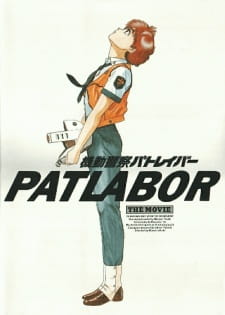 OVA/Movie Timeline: 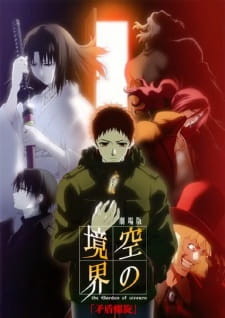 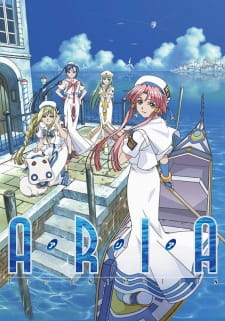 100% purity here! Not a single bit of nonsense relating to sex! 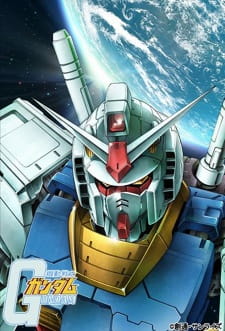  These are the anime that appear in Super Robot Wars OE for PSP.  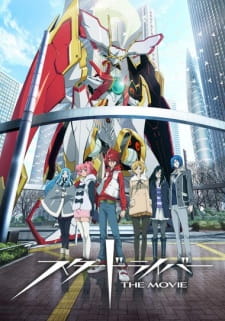 These are the anime that appear in Super Robot Wars X-Ω, a mobile phone game that is now defunct. 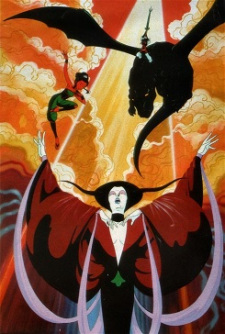 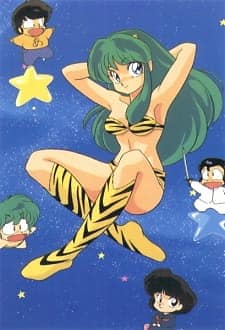 Mamoru Oshii is a popular creator and has been involved in several anime in both major and minor roles. 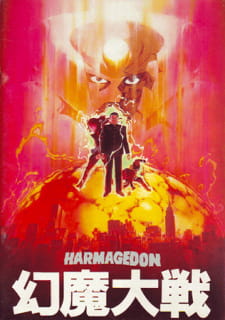  Organized by the Japan Anime Festival Executive Committee, their members being the editors-in-chief of five major anime magazines, which were Animedia, The Anime, My Anime, Monthly OUT, and Animeck (Animage did not participate, as they had own Anime Awards). The main choices were decided by industry insiders and artistic creators (people like Osamu Tezuka), with the Fan Awards being self-explanatory. |
Kidou Keisatsu Patlabor the Movie
Patlabor: The Movie



